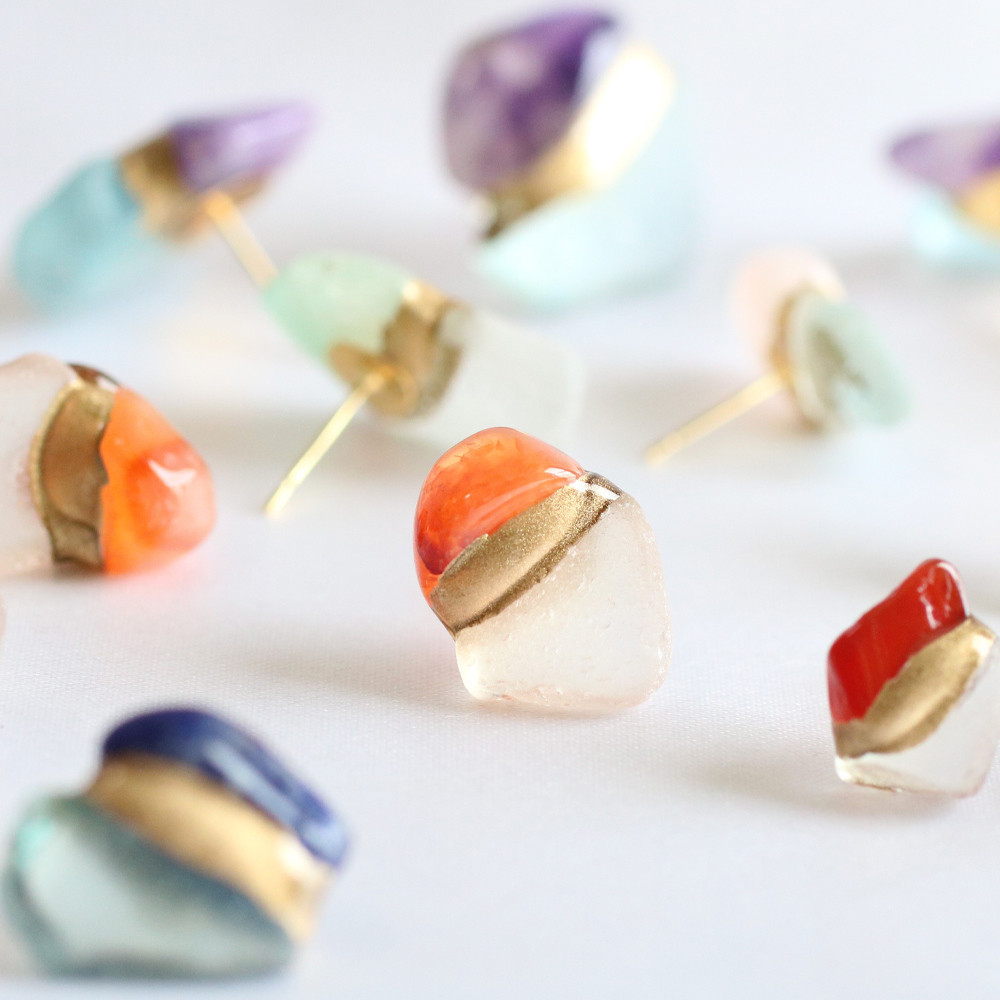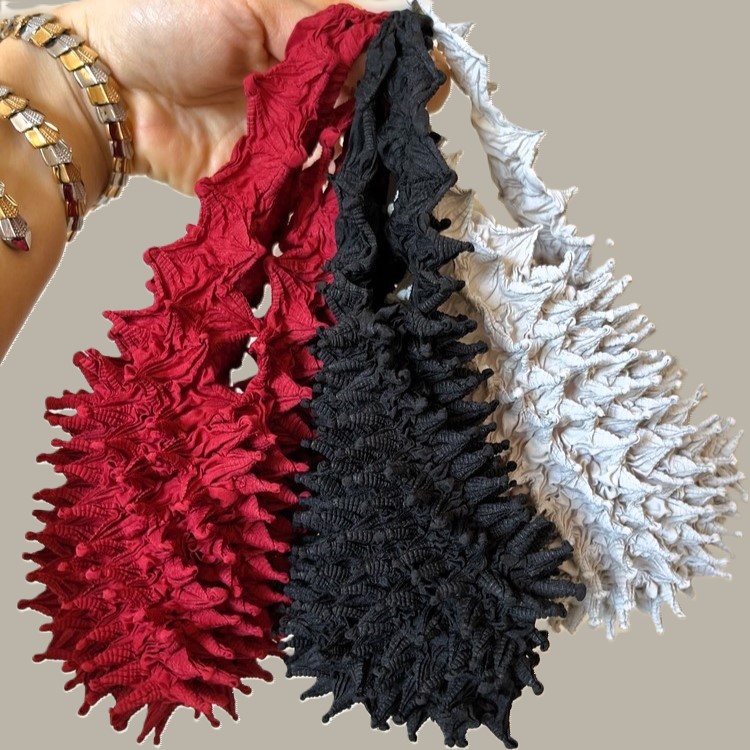SAKURA PINK SHIBORI BAG
Unveiling the Sakura Pink Kumo Shibori Bag – A Touch of Spring Elegance
As the cherry blossoms begin to bloom, heralding the arrival of spring, we at House Of Shokunin are thrilled to introduce our latest addition to the artisanal collection – the Sakura Pink Shibori Bag.
Inspired by the delicate hues of Sakura petals, Kumo shibori, the epitome of artisanal elegance from Arimatsu, Japan, captivates with its intricate, spider web-like patterns. This exquisite tie-dye technique, part of the illustrious Arimatsu-Narumi Shibori tradition, boasts over 400 years of heritage.
Discover the Timeless Artistry of Shibori Bags from the Shogun Era
At House of Shokunin, we take pride in offering products that are not only beautiful but also steeped in rich history and tradition. Our shibori bags are a perfect example of this, embodying the exquisite craftsmanship that dates back to the Shogun era.
A Journey Through Time: The Shogun Era and Shibori
Shibori, a traditional Japanese tie-dyeing technique, has been practiced for over 1,300 years. It reached its peak during the Edo period (1603-1868), under the rule of the Tokugawa shogunate. This era, known for its cultural and artistic flourishing, saw the refinement of shibori into the intricate art form we cherish today.
Cultural Significance and Craftsmanship
Much like the samurai of the Shogun era, shibori embodies the Japanese aesthetic of wabi-sabi, which appreciates the beauty in imperfection and transience. Each shibori bag is a testament to the meticulous craftsmanship and dedication of our artisans, reflecting the same precision and care that defined the samurai’s way of life.
A Piece of History in Your Hands
When you carry a shibori bag from House of Shokunin, you are not just holding a beautiful accessory; you are embracing a piece of Japanese heritage. Our bags are perfect for those who value sustainability, tradition, and the human touch in every stitch.
Explore Our Collection
We invite you to explore our collection of shibori bags and discover the timeless elegance and historical significance they bring. Each piece is a unique work of art, ready to add a touch of history and sophistication to your wardrobe.
Thank you for being a valued member of the House of Shokunin community. We look forward to sharing more of our journey with you.



















